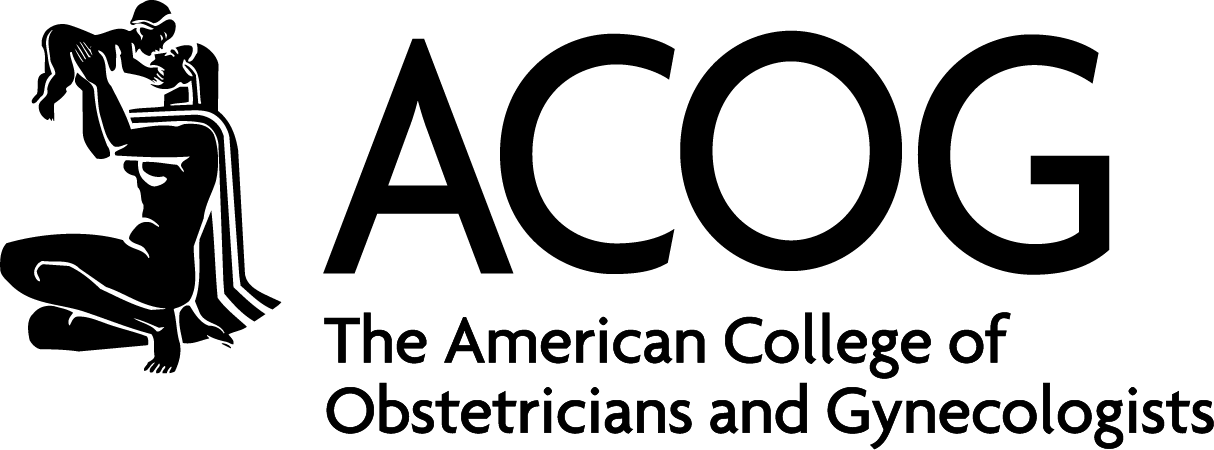Clinicians urged to rethink gynecologic pain management

Editor's Note Pain among patients undergoing in-office gynecologic procedures is widely underestimated and ineffectively treated, particularly for those with trauma histories, chronic pain, or marginalized identities, according to a new Clinical Consensus from the American College of Obstetricians and Gynecologists. The report stresses that individualized, evidence-informed, and trauma-sensitive strategies are…
Study: Blocking stress-linked prolactin surge relieves postoperative pain in women

Editor's Note Blocking stress-induced prolactin may significantly reduce postoperative pain in women and curb the need for opioids, according to a study led by University of Arizona Health Sciences. News-Medical.Net summarized the findings May 20. Published in Proceedings of the National Academy of Sciences, the research suggests a path toward…
Commentary: Overlooking, underfunding perioperative mental health threatens patients
Editor's Note Amid a lack of focus and lack of resources on perioperative mental health, alleviating patient anxiety and preventing poor surgical outcomes requires creative solutions. This is the central argument of a May 12 commentary in The Conversation by Renée El-Gabalawy, a clinical psychologist and associate professor at the…
Personalized perioperative pain management reduces opioid use

Editor's Note Helping patients taper opioids preoperatively before deploying multimodal care strategies can help prevent instances of patients already with prescriptions going home with even higher doses. That’s the main takeaway from an April 22 MedCentral interview with Marie N. Hanna, MD, division chief for regional anesthesia and acute pain…
Postop opioid prescriptions following outpatient surgery see steep, sustained fall

Editor's Note US surgeons are helping to slash postoperative opioid use, which has driven opioid prescription fills for common same-day procedures down from 43% to 16% over 13 years, Physician’s Weekly April 22 reports. The data were retrieved from a study published in the April 2025 issue of the Journal…
Hospital’s anesthesia reforms slash carbon footprint, expenses

Editor's Note Universitätsmedizin Berlin reduced anesthesia-related carbon emissions by more than 80% since 2018 by eliminating high-impact anesthetic gases, implementing education initiatives, and revising clinical guidelines, according to a February 27 report in Medical Xpress. The hospital’s efforts targeted desflurane, an anesthetic gas with an extreme climate impact—nearly 8,000 times…
Study links intraoperative synthetic opioids, worse postoperative pain

Editor's Note Using powerful synthetic opioids remifentanil and sufentanil during surgery increases risk of patients suffering during recovery, according to a study in the journal Regional Anesthesia & Pain Medicine. HealthDay reported the news February 27. According to the article, researchers analyzed data from 971 patients who underwent surgery—37% orthopedic…
Study: Machine learning model improves perioperative pain assessment

Editor's Note A new machine learning model using photoplethysmogram (PPG) data more accurately assesses pain during and after surgery compared to existing commercial methods, according to research published January 24 in Nature’s npj Digital Medicine. Analyzing data from 242 patients, researchers developed an XGBoost-based model to assess intraoperative and postoperative…
Infection control guidelines focus on regional anesthesia, pain management

Editor's Note New infection control recommendations from the American Society of Regional Anesthesia and Pain Medicine (ASRA Pain Medicine) are purportedly the first comprehensive guidelines tailored specifically for regional anesthesia and interventional pain management procedures, such as cortisone injections and drug-delivery implants. As detailed in the organization’s January 21…
Study: Blood thinner, NSAID combination raises bleeding risk

Editor's Note Research reveals combining non-steroidal anti-inflammatory drugs (NSAIDs) with blood thinners heightened bleeding risk across multiple organ systems, HealthDay reported November 18. The study analyzed nearly 52,000 Danish patients prescribed blood thinners between 2012 and 2022, examining NSAID interactions with multiple anticoagulants including rivaroxaban, apixaban, dabigatran, edoxaban, and warfarin.…

 Free Daily News
Free Daily News